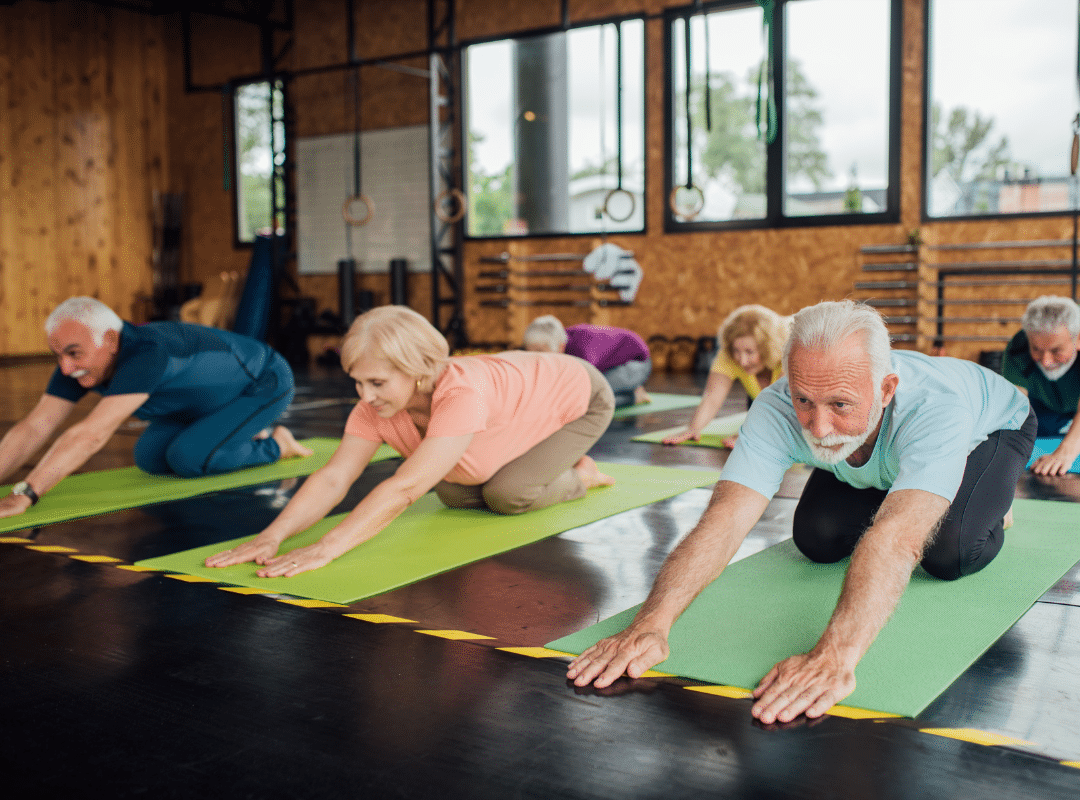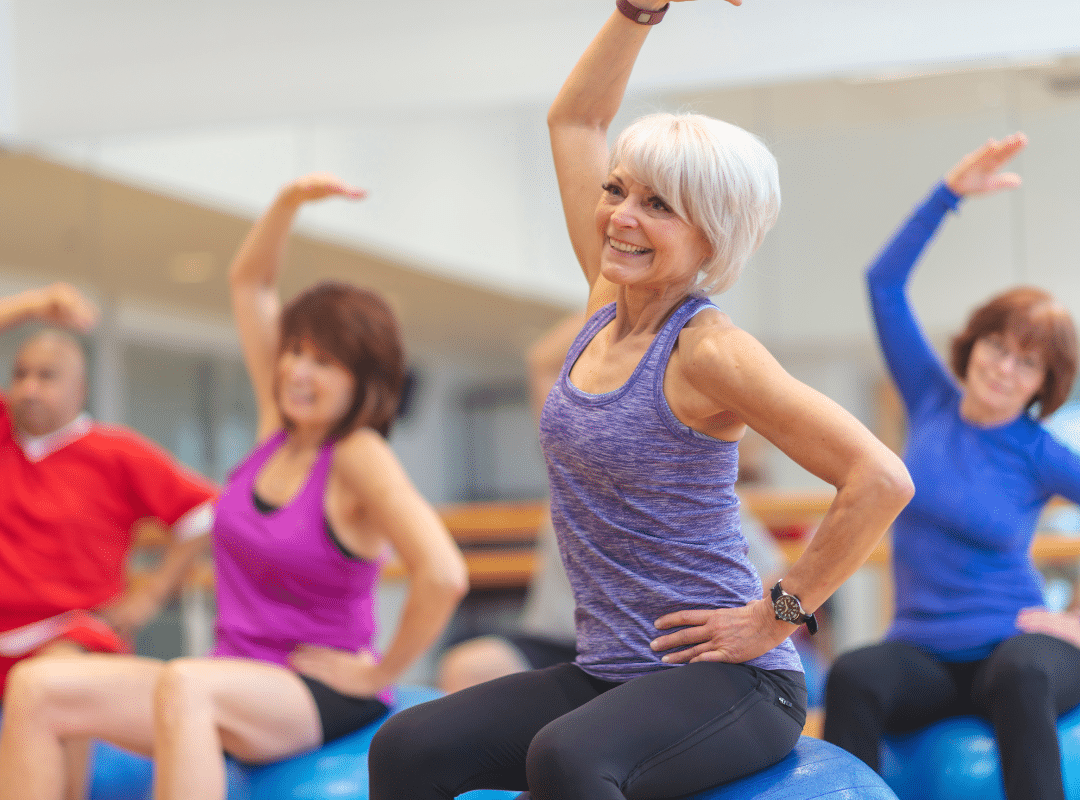Exercise for Seniors to Improve Strength and Flexibility
As we age, maintaining a regular fitness routine becomes more important than ever. Staying active not only enhances mobility and balance but also boosts confidence, promotes independence, and uplifts emotional well-being. One of the best ways to support aging bodies is by focusing on exercise for seniors that gently improves flexibility and strength.
Incorporating daily movement—whether it’s light stretching, geriatric physical therapy exercises, or standing exercises for seniors—can significantly reduce the risk of injury and improve quality of life. Whether you’re managing chronic pain or want to feel more energized each day, targeted movement offers lasting benefits. This guide will help you get started with approachable exercises tailored to seniors, along with helpful resources and safety tips.
For more information, visit Magnolia Terrace Assisted Living.
Why Flexibility and Strength Matter
Improving flexibility supports everyday movement—bending, reaching, or walking becomes easier and safer with regular stretching. For older adults, engaging in physical therapy exercises for seniors can prevent joint stiffness, improve posture, and reduce pain. These exercises also strengthen muscles that stabilize your body, decreasing the likelihood of falls.
Incorporating standing exercises for seniors and stretches for your neck, shoulders, and hamstrings will help you stay limber. Alongside flexibility, developing strength through resistance-based movements or using the best exercise bike for elderly individuals adds another layer of wellness by improving cardiovascular health and endurance.
For further reading, check out How Exercise Can Improve Aging Health from the National Institute on Aging.
Stretching Techniques to Boost Mobility
Targeted stretching helps keep your body agile. Below are effective routines that are easy to add to your daily life.
Neck and Shoulder Relief
Start with gentle geriatric physical therapy exercises for your upper body. Tilt your head side to side and forward and backward to release tension in your neck. Shoulder rolls and chest openers can counteract the stiffness that comes from sitting too long. These movements not only ease discomfort but also support healthy posture.
Explore more in this post on neck stretches and overall wellness tips for seniors.
Hamstring and Hip Openers
Tight hamstrings and hips often limit mobility. Simple hamstring stretches—like seated forward bends or standing hamstring curls—can restore range of motion. Add in hip circles or standing leg swings as part of your standing exercises for seniors routine. These movements also work well as warm-ups before cardio activities like biking or walking.
Discover more hamstring exercises to try at home.
Ankle and Calf Activation
Don’t forget about your lower legs. Try ankle circles, toe taps, or heel-to-toe walking to increase circulation and strengthen stabilizer muscles. These physical therapy exercises for seniors help prevent trips and falls, which are major concerns for older adults.
Looking for ways to stay active indoors? Read Fun Activities for Seniors that promote both mobility and joy.
Strength Through Chair Yoga
Chair yoga is a gentle yet effective way to build strength and flexibility. It’s especially ideal for seniors who may have mobility issues or are new to regular exercise.
Simple Poses to Get Started
- Seated Cat-Cow Stretch: Improves spine flexibility and posture.
- Chair Forward Fold: Stretches the back and legs gently.
- Seated Twist: Aids digestion and increases spinal mobility.
- Arm Raises: Enhances upper body strength.
These poses double as geriatric physical therapy exercises, making them great for rehabilitation or general wellness.
Regular Practice for Lasting Results
Set aside 10–15 minutes daily for chair yoga. Over time, you’ll notice improved posture, stronger muscles, and better mental clarity. It’s also a wonderful way to stay engaged in a group setting.
You can also explore free video guides like the SilverSneakers YouTube Channel for seniors’ fitness programs tailored to your ability.
The Role of Exercise Bikes for Seniors
One highly recommended low-impact workout tool is the best exercise bike for elderly users. Stationary bikes provide cardiovascular benefits without putting strain on your joints. Recumbent bikes, in particular, are comfortable and supportive, offering backrests and step-through designs for safety.
Benefits of Exercise Bikes
- Improve circulation and endurance
- Strengthen lower body muscles
- Support balance and coordination
- Safe for joints and bones
Adding a cycling routine—even just 15 minutes a day—can greatly enhance your daily energy levels and mobility.

Warm-Ups and Cool-Downs Matter
Before diving into your routine, start with gentle movements, such as shoulder rolls or walking in place. This warms your muscles and preps your body for deeper stretching or cardio.
Cooling down is equally important. After exercise, focus on slower movements and deep breathing to aid your body’s recovery. Try physical therapy exercises for seniors, like seated ankle rolls or deep hamstring stretches, for a gentle transition back to rest.
Safe and Effective Practices
To avoid injury and promote long-term results, follow these tips when incorporating exercise for seniors into your routine:
- Hydrate before and after your workouts
- Wear proper footwear for stability and balance
- Use support (a wall or sturdy chair) for balance during standing exercises for seniors
- Listen to your body—never push through pain
- Consult your doctor if you’re beginning a new fitness plan, especially if you have chronic conditions
These simple safety habits help create a sustainable exercise lifestyle.
Get Support and Stay Inspired
Sometimes, the most challenging aspect of staying active is maintaining motivation. Joining a community center, senior group, or working with a caregiver can provide accountability and encouragement.
Additionally, consider incorporating group classes or using online platforms like Go4Life to find guided fitness programs built for seniors. Personalized support, such as the team at Magnolia Terrace Assisted Living, can also help you develop a custom plan tailored to your unique health needs.
A Flexible Future Awaits You
Every stretch and movement you make brings you closer to a healthier, more vibrant life. By committing to exercise for seniors, including a mix of geriatric physical therapy exercises, standing exercises for seniors, and chair-based routines, you’re investing in your strength, safety, and well-being.
Add a supportive tool, such as the best exercise bike for elderly individuals, to enhance your routine even further. Remember, consistency is the key—small steps every day can lead to big changes in how you move, feel, and live.
If you’re ready to take the next step, Magnolia Terrace Assisted Living is here to help. Reach out today to learn more about our personalized wellness programs designed for older adults.
Call us at 419-462-3900 or schedule a tour to explore a community committed to your health, flexibility, and happiness.
Frequently Asked Questions
What type of exercise is best for seniors?
The best exercises for seniors include a mix of aerobic, strength, balance, and flexibility activities. Walking, swimming, and light resistance training are especially effective for maintaining cardiovascular health and muscle tone. Gentle activities like tai chi and yoga can also support joint mobility and mental well-being. Seniors need to select exercises that are enjoyable and tailored to their fitness level.
What is the number 1 exercise to increase balance in seniors?
The top exercise to improve balance in seniors is tai chi. This slow, flowing martial art helps strengthen leg muscles, improve coordination, and enhance body awareness. Other helpful exercises include heel-to-toe walks and single-leg stands. Practicing balance exercises regularly can significantly reduce the risk of falls.
What is the exercise schedule for seniors?
A balanced weekly exercise schedule for seniors includes 150 minutes of moderate aerobic activity like brisk walking, spread over at least 3 days. Strength training should be performed at least twice a week, targeting all major muscle groups. Balance and flexibility exercises should also be added 2-3 times per week. Adjustments should be made based on individual health needs and physical ability.
Why is exercise important for seniors?
Exercise is vital for seniors as it helps maintain independence, mobility, and overall quality of life. It reduces the risk of chronic illnesses such as heart disease, diabetes, and osteoporosis. Regular physical activity also supports cognitive health and helps manage symptoms of anxiety or depression. Staying active can lead to better sleep, energy levels, and social engagement.

